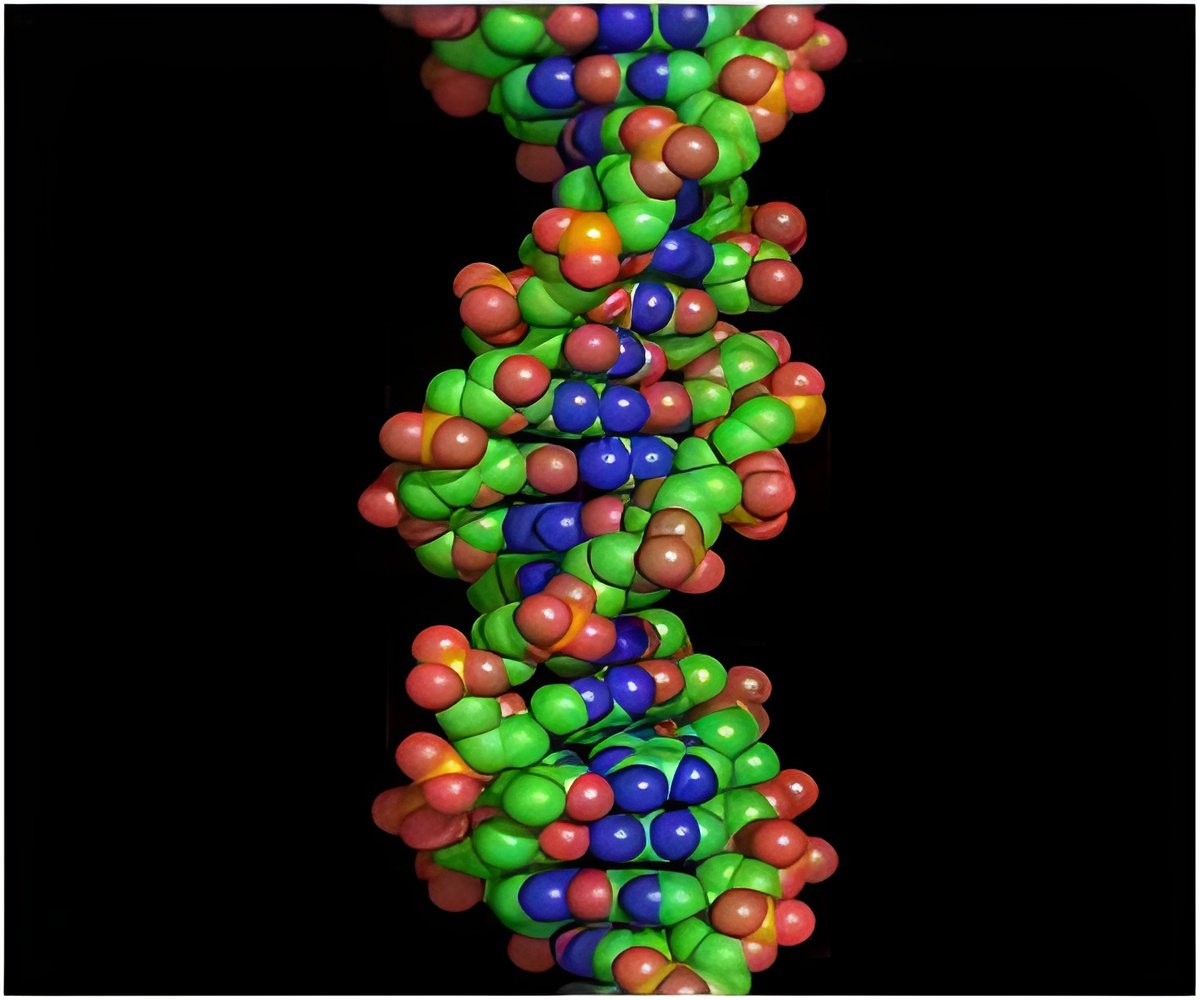
"The fate of our cells is controlled by thousands of different proteins, called transcription factors," said Alexis Vallée-Bélisle, a postdoctoral researcher in UCSB's Department of Chemistry and Biochemistry, who led the study. "The role of these proteins is to read the genome and translate it into instructions for the synthesis of the various molecules that compose and control the cell. Transcription factors act a little bit like the 'settings' of our cells, just like the settings on our phones or computers. What our sensors do is read those settings."
When scientists take stem cells and turn them into specialized cells, they do so by changing the levels of a few transcription factors, he explained. This process is called cell reprogramming. "Our sensors monitor transcription factor activities, and could be used to make sure that stem cells have been properly reprogrammed," said Vallée-Bélisle. "They could also be used to determine which transcription factors are activated or repressed in a patient's cancer cells, thus enabling physicians to use the right combination of drugs for each patient."
Andrew Bonham, a postdoctoral scholar at UCSB and co-first author of the study, explained that many labs have invented ways to read transcription factors; however, this team's approach is very quick and convenient. "In most labs, researchers spend hours extracting the proteins from cells before analyzing them," said Bonham. "With the new sensors, we just mash the cells up, put the sensors in, and measure the level of fluorescence of the sample."
Source-Eurekalert














